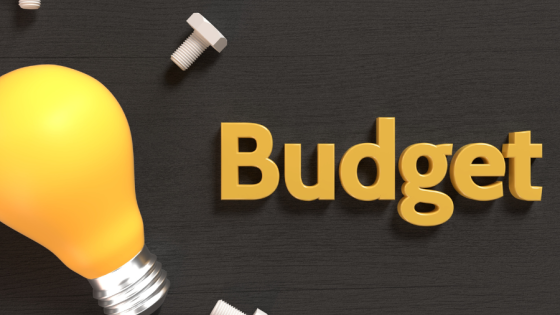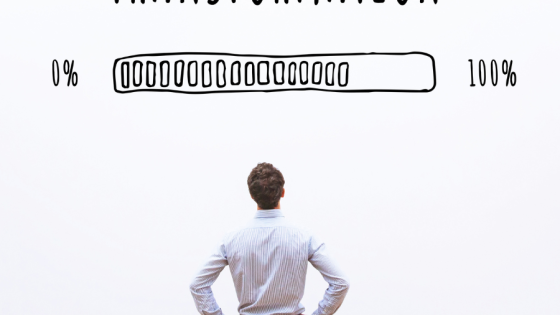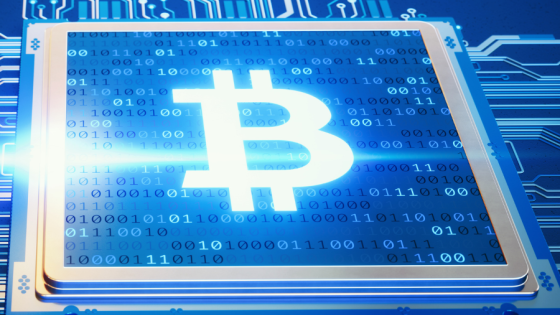New Quids on the Block
21 Feb 2018
Our quick guide to Blockchain and how it works
Categories & Tags
Whether you have invested in cryptocurrency or not, most people by now will have heard the term ‘blockchain’, and like most people you may have some understanding of what it means. This article will attempt to offer some insight on what it is, and why it’s revolutionising the world as we know it.
So what is a Blockchain?
• Blockchain is like a huge, global, decentralised spreadsheet! In other words, anyone can access it;
• It is used to record cryptocurrency transactions, and keeps track of who sent how many coins, who they sent it to, and what the balance of every account is;
• The data is stored and maintained on special computers by thousands of people all over the world called ‘Miners’;
• The ‘blocks’ in the Blockchain are made up of all the individual coin transactions sent and received around the world.
Let’s put this into a more understandable environment. You are in a room with 20 other people and you all have a piece of paper and a pen. You create a new cryptocurrency coin and ‘mint’ 1,000 coins; let’s call them QUIDS. You send 100 QUIDS to the person sat next to you (Gareth). Everyone in the room writes on their piece of paper, “You sent 100 QUIDS to Gareth at 12pm on 6 April 2018”. At this point, everyone in the room knows you own 900 QUIDS and Gareth owns 100 QUIDS and also have a timestamp of the transaction. Gareth then decides to send 50 QUIDS to Bjorn. Everyone in the room writes on their piece of paper “Gareth sent 50 QUIDS to Bjorn at 12.05pm on 6 April 2018”. At this point, everyone in the room knows that you own 900 QUIDS, Gareth owns 50, and Bjorn owns 50, with all transactions being timestamped. Even if person number 20 has a different record, if the 19 other people in the room have recorded identical blocks of data, it’s very highly likely that the 1 person is wrong and the remainder are correct.
The sending of the QUIDS is what creates the Blockchain; blocks of data, forming a chain of timestamped transactions. In technical terms, each participant in the Blockchain is regarded as a Node. A node is a single super computer and is used to keep a copy of all the historical transactions that have been added to the ledger, and by comparing to the other Nodes’ copies, each is kept synchronised through a consensus process (just like the people in the room). Unlike a traditional ledger system, there is no Node with special rights to edit or delete transactions – in fact, there is no central party at all, which is why Blockchains can be so useful when a so-called trusted central party is either unavailable, inefficient, or too expensive. In a nutshell, this is what the Blockchain represents – decentralised, transparent and instant data and transactions (more on smart contracts in our next article).
There’s one other important thing to understand about Blockchain; it’s anonymous, so whilst everyone has the ability to see each and every block of transactions in the chain, coins are held in an encrypted wallet. Online wallets all have a Public Key, your personal wallet ID, and it is this ID that is visible on the Blockchain, not a person’s name and address.
What are the benefits of an online wallet?
Holding funds in an online wallet is the one of the main reasons people are swapping fiat currency for cryptocurrency. In other words: • Blockchain provides complete decentralisation from the banks; • You don’t have to rely on your bank, government, or anyone else when you want to move your funds; • You don’t have to rely on the security of an exchange or bank to keep your funds safe.
Why can’t “blocks” be manipulated?
This is where the “chain” comes in. All new blocks don’t just detail the list of approved transactions. As described above, they also include a timestamp of the block, and the “hash”, which is a unique cryptographic signature of the previous “block”. This means the order of transactions in the chain are not disputable, as an attempt to change a previous block would be immediately obvious; the hash signature would change and no longer match the backward reference in the following block. Blockchain records are permanent! Some blockchains are set up to contain, not only details of transactions and ownership, but also executable programming code. Parties can agree to add code to a blockchain in the form of a smart contract, that is, code that will carry out agreed transactions when triggered. This allows for automation of new transactions, and allows some blockchains to be programmable. Smart Contracts are helping to create a new breed of businesses and consumer consumption habits, a topic that will be covered in a later article.
News & Resources

Budget Summary November 2025

MTD – qualifying income

Tell HMRC about unpaid tax on crypto assets

HMRC’s Transformation Roadmap

Less than a year before MTD for Income Tax starts

Making Tax Digital for Income Tax

Spring Statement March 2025


